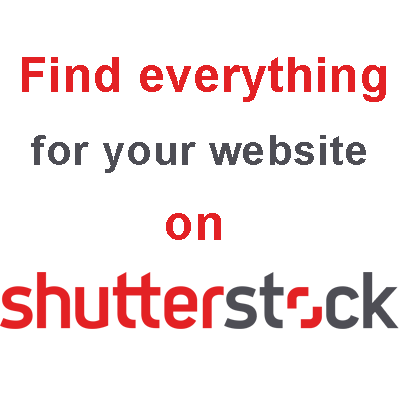Shopify Full Review

Cloud CMS for online stores (Shopify, InSales, Horoshop , Tilda) is one of the most flexible and affordable tools for starting an online trading business. All technical aspects: hosting, site creation (including design) are taken over by the developer company, and you are responsible for registration, paying a monthly fee and a little effort to start: choose a design template from ready-made ones, fill in the seller’s details, upload listings and get ready for a flurry of orders, of course, provided that the product is in demand, the price is adequate, and the competition is within reason. Most often, it will take a maximum of half a day to organize an outlet on the engine intended for this, this is not counting the time for approving the application.
There are plugins for external social media sales channels, accounting tools, helpdesk tools, and even access to other sellers available in the app store. Keep in mind that adding these features to your account can result in a significant increase in your monthly payment. Before choosing an add-on, double-check all payment details. If you think you'll need a lot of third-party extensions, take a look at some of the other players in the field to see what you'll need, who can provide it, and how much they'll charge.

Shopify offers 11 different categories of free, attractive, and modern themes, including home, clothing, food, accessories, art, electronics, books, and more. These are some of the most eye-catching store themes I've ever seen; free templates are better than those available from 3dCart, for example.
Shopify saves your previously used themes in your account, so if you change your mind, you can revert to an older one by scrolling through the Themes tab in your dashboard. The built-in drag and drop editor allows you to change the theme, and the built-in text editor allows you to change the HTML/CSS.
Shopify Lite works by letting you create products in Shopify UWe and assign individual Buy buttons to them. You can then publish these Buy Now buttons all over the web. The actual publishing is done with a single line of code. You have full control over the appearance of your buttons, including their size, color, and accompanying images. After that, Shopify gives you a code snippet that you can use on any website.

On the platform there is a whole store with all kinds of programs for trading the Shopify App Store, which is being replenished by developers from different parts of the world - applications for the delivery of Aftership, Omega (package tracking); to increase the check - Upsell, to organize mailing lists - Seguno, Omnisend, for SEO optimization - SEO Booster, Avada; currency converters - Currency Converter Bear, MLV; for quick import of goods and their accounting, for order management - Oberlo. Of course, almost any such program is an additional burden on your budget, and there are controversial points: will there be conflicts between applications; whether they will make the site heavier, reducing the download speed; whether employees will master them.

One of the many fantastic things about Shopify is that it also allows you to sell digital products. Consider e-books, CDs, manuals, courses, and other media. You can create digital products in the same way as regular products and then add a Buy button to them.
The most common way to sell digital goods is through Shopify's own digital download app, but there are also some great third-party providers you can use instead. Among them are Fetch, Send Owl and Sky Pilot. However, it is worth noting that Facebook does not allow the sale of digital items.



